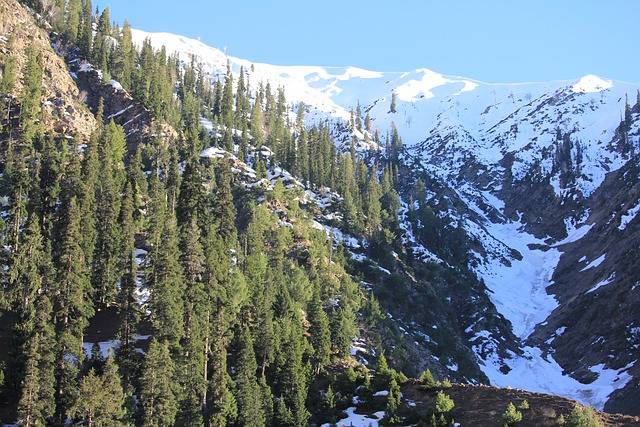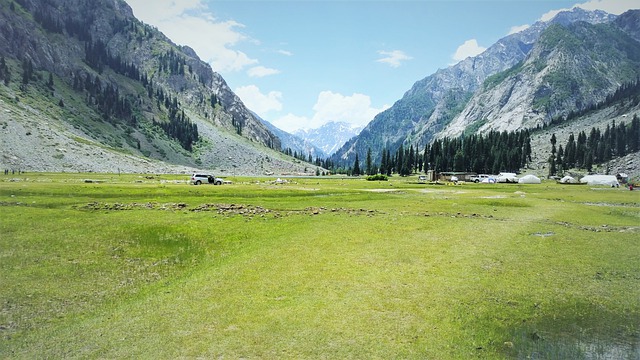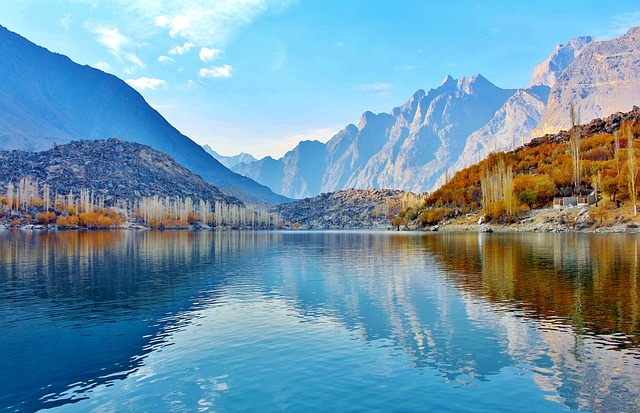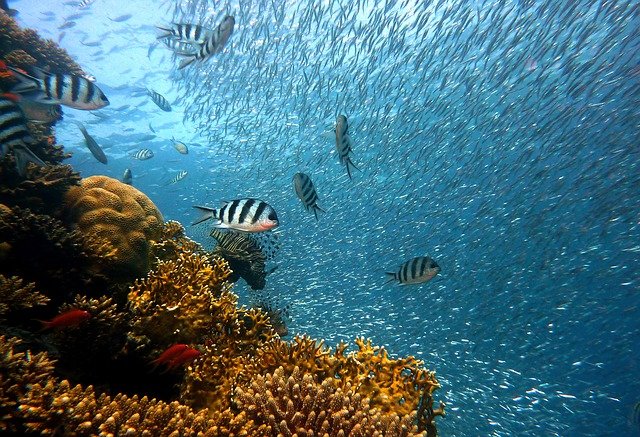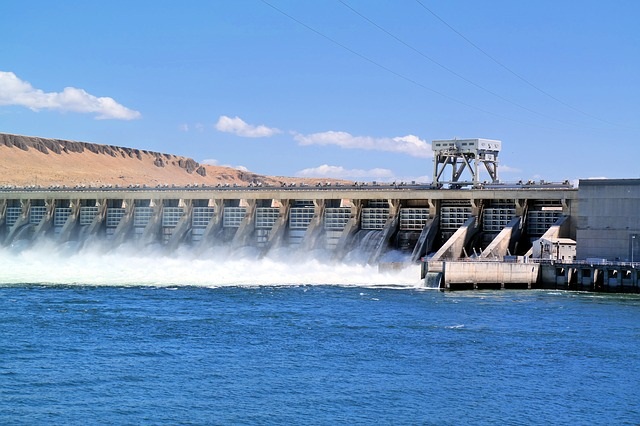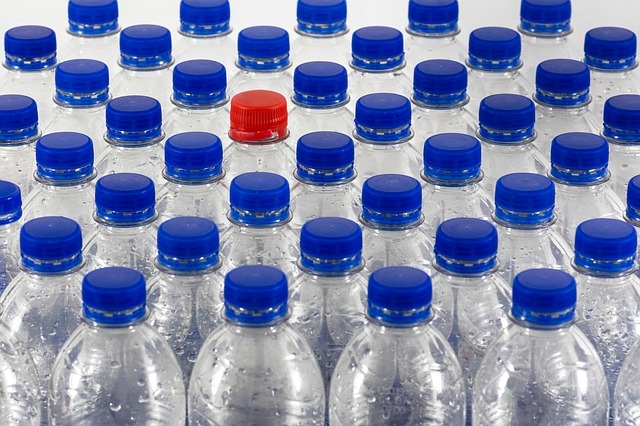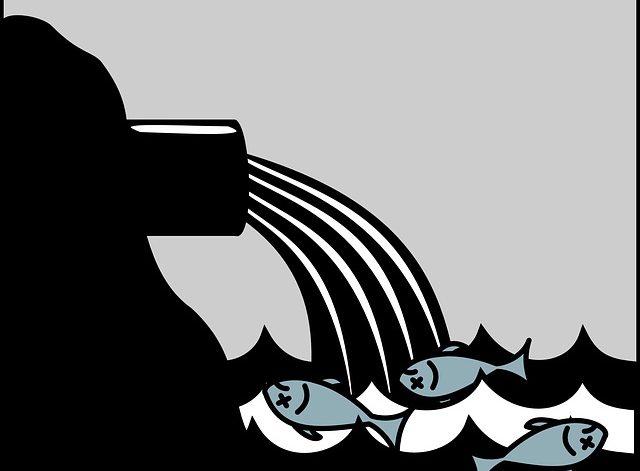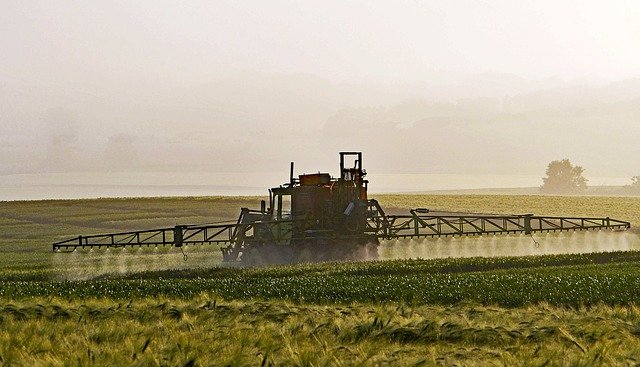INTRODUCTION Coniferous (Taiga or Boreal) Forest: It is defined as evergreen scale-leaved, cone-bearing, needle-leaved trees. It is present in locations where winters are longer. It receives precipitation in the form of snow. Coniferous (Taiga or Boreal) Forest Biome: Boreal biome usually consists of coniferous forests that include spruce, pine, and larches. Characteristics of Coniferous (Taiga […]
Grassland and Shrubland Ecosystem of Pakistan – Climatic Biome
INTRODUCTION Grasslands: It is defined as open lands that are continuously covered with broadleaf herbs, little woody vegetation, sedges, and grasses. Taller and woody vegetation is absent. Shrublands: It is defined as areas that are covered with dense but low height shrub vegetation like sedges, willow, dogwood, or tall grasses. Grassland and Shrubland Biome: This […]
Freshwater Ecosystem of Pakistan – Climatic Biome
INTRODUCTION Freshwater Biome: It is defined as freshwater regions having water bodies with minimum salt concentration. It is different from the marine biome as freshwater is free of salt. The presence of salt concentration pollutes the freshwater biome. Read: Pakistani Local Fishes and their Health Benefits Characteristics of Freshwater Biome: It is characterized by two […]
Temperate Deciduous / Mixed forests of Pakistan – Climatic Biome
INTRODUCTION Temperate Deciduous / Mixed Forest: It is a biome that consists of deciduous tree species. These are broad-leaf forests with trees that drop their leaves in the autumn. Mixed Forest: It is a vegetation transition between dominant tree species of broad-leaved deciduous forest and coniferous forest. Temperate Deciduous and Mixed Forest Biome: It is […]
Coral Reef Ecosystem of Pakistan- Climatic Biome
INTRODUCTION Coral Reef Biome: It is considered among marine biomes. It is a small biome that holds 25% of marine biodiversity. The coral reefs are usually found in the Persian Gulf, the Red Sea, the Caribbean Sea, the Indian Ocean, the Pacific Ocean, and near the Tropics of Cancer and Capricorn. Characteristics of Coral Reef […]
Antibiotics Found In Wastewater in Twin Cities
Recent Research Publication has reported about the presence of antibiotics in wastewater in the Twin Cities of Pakistan. Five different antibiotics were detected, determined, and analyzed from wastewater samples collected from various sources. The methodology of the study included the High-Performance Liquid Chromatography technique for result evaluation. The contaminated wastewater with various concentrations of antibiotics […]
South Asia Water War – Impact of Indian Hegemonic Aim on Pakistan
INTRODUCTION Pakistan has numerous natural resources, water reserves are also among these natural resources. However, the climate changes, increasing water pollution, industrialization, and transboundary pollution, etc all are putting stress on natural water reserves in Pakistan. The country doesn’t have enough water storage capacity to meet the demand for water consumption of 30 days. For […]
Rawalpindi: Chlorine Resistant Bacteria in Water Filter Plants
Recent research has reported the presence of chlorine-resistant bacteria in water filter plants based in Rawalpindi. The methodology of the study includes the collection and microbiological analysis of 107 water samples for evaluating the anticipated results. Waterborne diseases are proven fatal and directly transmitted to humans through drinking water consumption. It is recommended that drinking […]
Bioaccumulation of Heavy Metals in Fish from Karachi Coast
Recent research has reported bioaccumulation of Heavy Metals in Fish from Karachi Coast and Rivers. Heavy Metals are being utilized in the manufacturing process of various products used at the household and commercial levels. The sources of heavy metals bioaccumulation in fish include domestic waste, industrial effluents, agriculture runoff, etc. Certain fish species along […]
Bioaccumulation and Biomagnification of Toxic Chemicals
INTRODUCTION Bioaccumulation: It is defined as the progressive accumulation of substances especially pesticides or contaminants/toxins in the organisms. Biomagnification: It is also known as bioamplification. It is defined as a successively high concentration ratio of toxins/contaminants particularly pesticides in the tissues of the sensitive organisms in a food chain. Also read: What Is Environmental Toxicology […]

